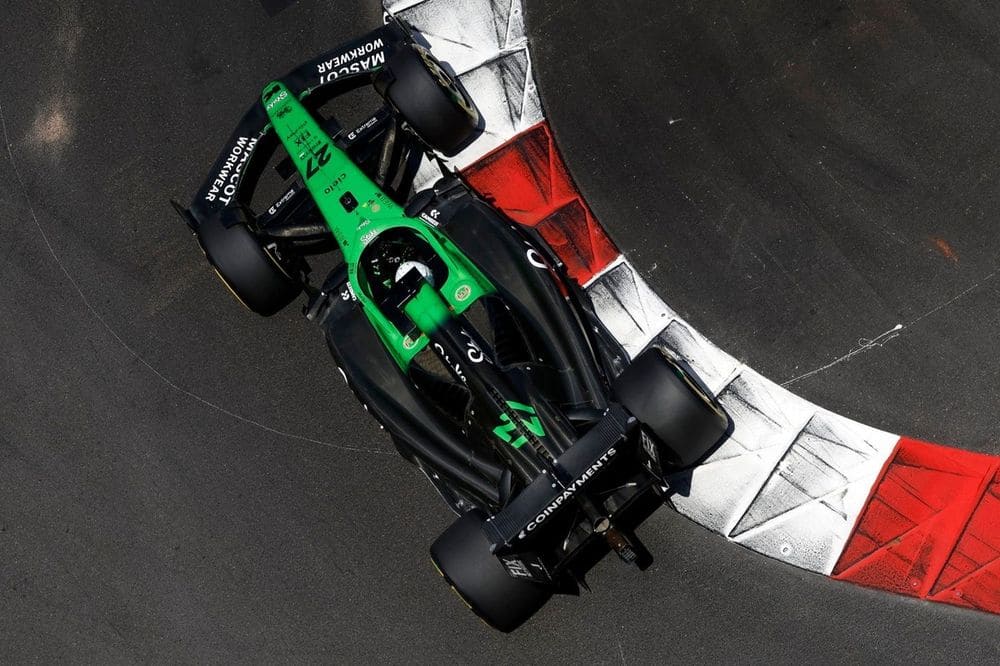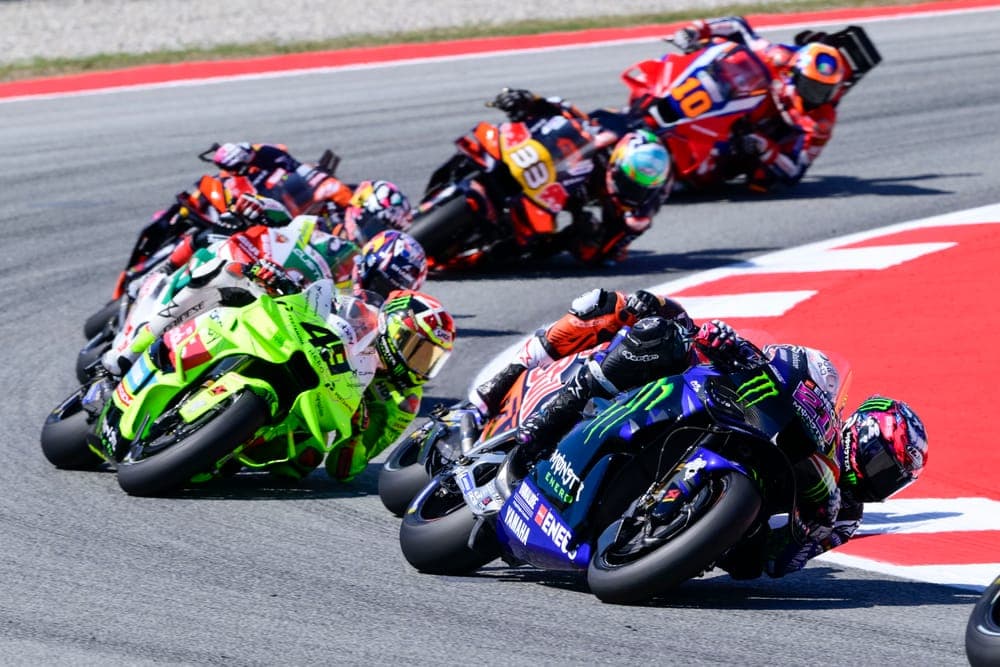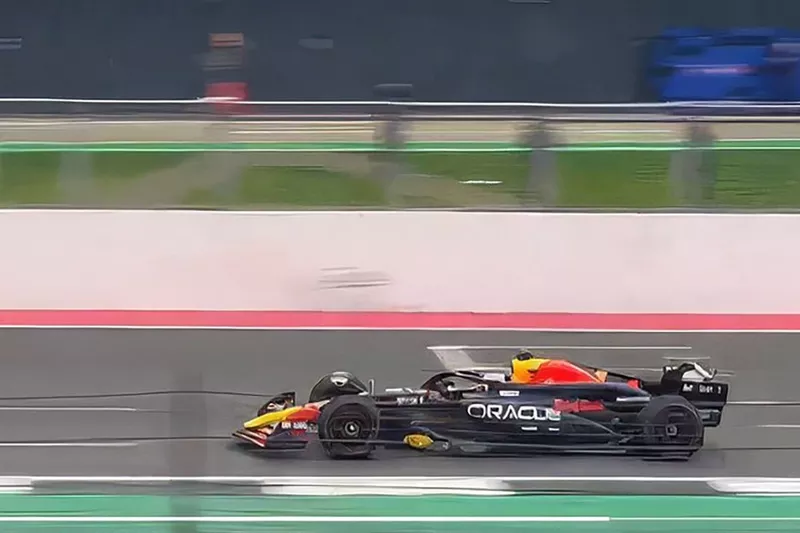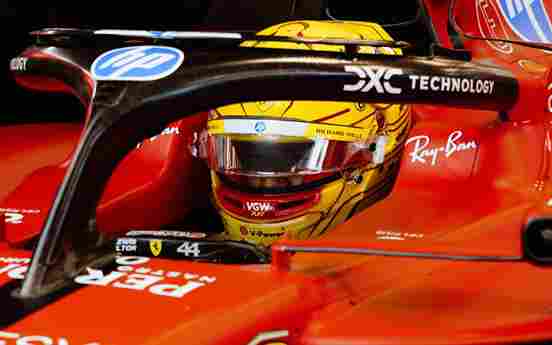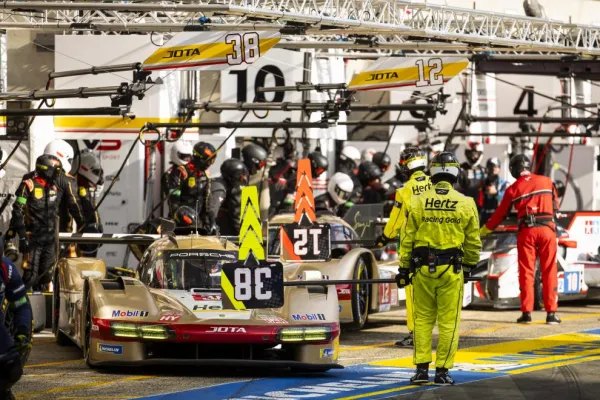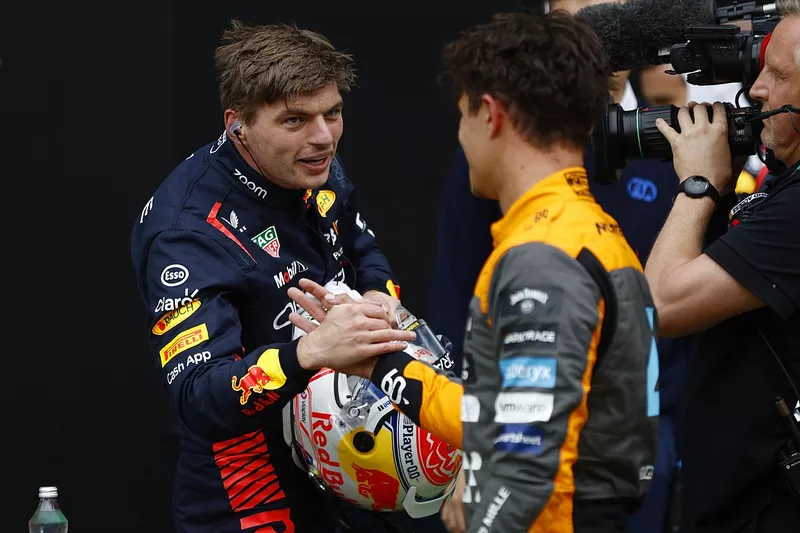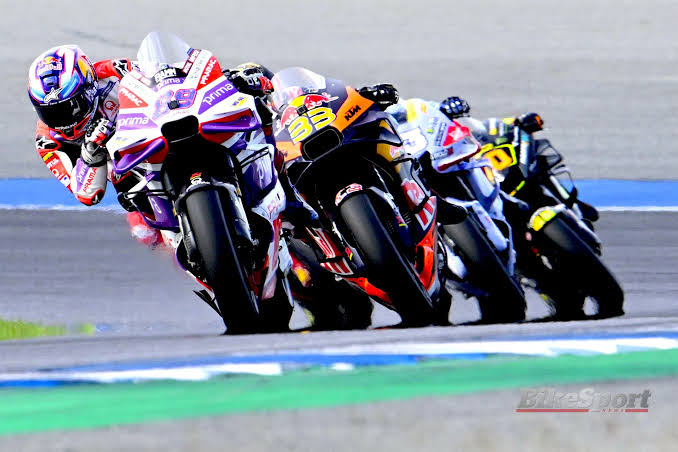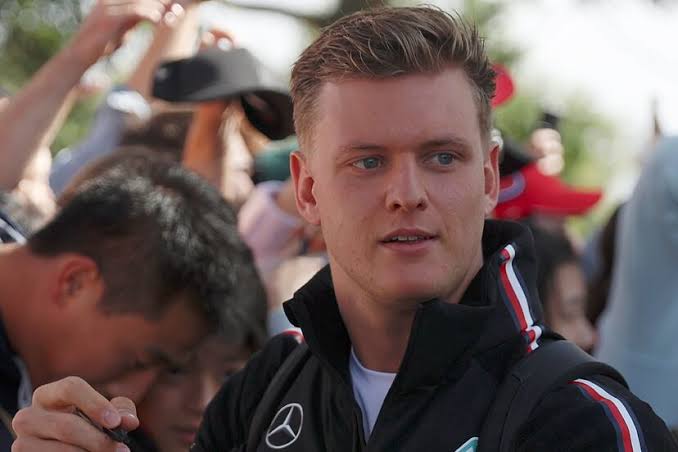F1 2026: The Largest Rule Revamp In Formula 1 History.
A Sport at the Brink of Change.
Formula 1 has never been a stagnant thing; however, the 2026 rules are set to make the most radical changes in decades. The FIA affirmed radical changes that will transform the design of cars, power units, and the dynamics of the racing. The purpose of these rules is to modernize the sport and to deal with sustainability and competition.
Teams, drivers, and fans already call it the “biggest reset” in Formula 1 history. The reforms will touch on all corners, angles, and plans. To most, 2026 is the beginning of a new age.
The Heart of the Change: Power Units.
The new rules have a radical power unit at the center. Hybrid power will be more powerful as Formula 1 will increase the electrical production by two times. The engines will have a 50 percent electrical power input, which is a significant increase over the present values.
The FIA also approved that the MGU-H, the controversial turbo heat unit, be removed. Teams claimed that it made designs more complex and pushed prices up. By doing away with it, engineering is made easier, and the hybrid technology is further developed.
Most importantly, engines will operate on 100 percent sustainable fuel. This move puts Formula 1 at the forefront of the green revolution in motorsport. It is in line with the international action to cut down carbon emissions and achieve a sustainable future.
Car Design Is Completely Redone.
There will be radical transformation of car designs along with power units. Cars will be lighter, smaller, and more aerodynamic. Modern Formula 1 cars are large and bulky, and this restricts close racing.
By 2026, the size of the chassis will reduce, enhancing agility. The new design must promote wheel-to-wheel battles. FIA officials stressed that the focus lies on “nimble racing” instead of raw size. To drivers, this will give them greater control during high-speed duels.
Active aerodynamics shall also be launched. Front and rear wings will be changed during the race to balance downforce and drag. The innovation will guarantee quicker straights and tighter cornering. Opponents are concerned, though, that dependence on systems may diminish driver control.
Leveling the Playing Field
The FIA is insisting that the 2026 regulations will close the dominance gaps. The sport has already been transformed by budget caps, but technical resets are new opportunities. Smaller teams can eventually compete with other giants such as Mercedes and Red Bull.
Regulation overhaul has a history of shaking hierarchies. Mercedes was the leader when hybrid engines came in 2014. New ground-effect rules in 2022 provided Red Bull with a competitive advantage. Today, 2026 might redo the balance again.
This change is an opportunity for teams such as McLaren and Aston Martin. They will be able to compete to win provided they change faster than their competitors. Engineering creativity and efficient execution will be the key to success.
Reactions of Drivers: Excitement and Concern.
Drivers gave mixed reactions regarding the 2026 package. Max Verstappen embraced sustainable fuels but cautioned against excessive complexity. Lewis Hamilton commended the green initiative but raised questions on the issue of less driver control.
Charles Leclerc talked of the excitement of light cars. He thinks agility will bring about exciting fights. But he admitted doubt too. “Until we drive, nobody knows how they’ll feel,” he said.
The change compels motorists to change styles. The adaptability will have to be more acute in terms of hybrid deployment, wing changes, and fuel management. Experience can be relied upon by the veterans, and young drivers can take advantage of new learning curves.
Influence on Fans and Viewing Experience.
To fans, 2026 is an event that will be both entertaining and challenging. Straights that are faster and closer to the battle sound good. But this dependence on active systems may irritate purists.
The first races are expected to be of great interest to broadcasters. The fans will watch who adapts the fastest. The new designs are already being discussed on social media.
The FIA is optimistic that the reset will appeal to new audiences. The marketing story is strong through sustainable fuels, futuristic technology, and competitive balance. Formula 1 would like to be not only entertainment but also a leader in the world of innovations.
The Business and Political Angle.
The 2026 regulations have a positive commercial effect on the growth of Formula 1. Other suppliers of engines, such as Audi, affirmed entry due to these regulations. They were convinced by the promise of greener and cost-effective engines.
There was interest among other manufacturers such as Porsche and Honda. The reset promotes brands that were previously reluctant. The increased number of manufacturers implies the increased competition and the expanded global coverage.
On the political front, the FIA and the Formula 1 management want to be aligned with governments that are driving sustainability. F1 reinforces its future development by presenting renewable fuels and advanced hybrids. Green technology sponsors can also flock to the sport.
Lessons From the Past
The history of Formula 1 demonstrates that the changes in regulations transform times. New dynasties were established in the 1980s turbo boom, the 1990s aerodynamic wars, and the 2014 hybrid revolution.
2026 now joins that list. Those who learn to master the transition will be dominant teams. The weak ones can disappear in the competition. Shock winners, surprise podiums, and dramatic rivalries are to be expected by fans.
The change also highlights the uniqueness of Formula 1. It is a combination of entertainment and the latest technology, never afraid to go too far. The sport then reinvents itself by 2026.
Building Toward the Future
The FIA is adamant that 2026 will not be merely a racing event. It will be used as a pilot of the future car technologies. These engines and fuels are lessons that may be applied to road cars across the globe.
Formula 1 was always positioned as an innovation laboratory. The sport has the potential to influence the future generation of vehicles, as sustainability has become the center of focus. The 2026 rules have much more meaning outside the grid due to that influence.
Conclusion
The 2026 Formula 1 rules are the most radical change in motorsport. The sport will be different in terms of sustainable fuels and agile designs.
There is uncertainty for fans, drivers, and teams, but excitement prevails. Soon cars of a new era will be seen in the Nurburgring, Silverstone, and Monaco.
Formula 1 has always been in evolution. It has now raced with the greatest rule shake-up ever and is now confidently into the future.
